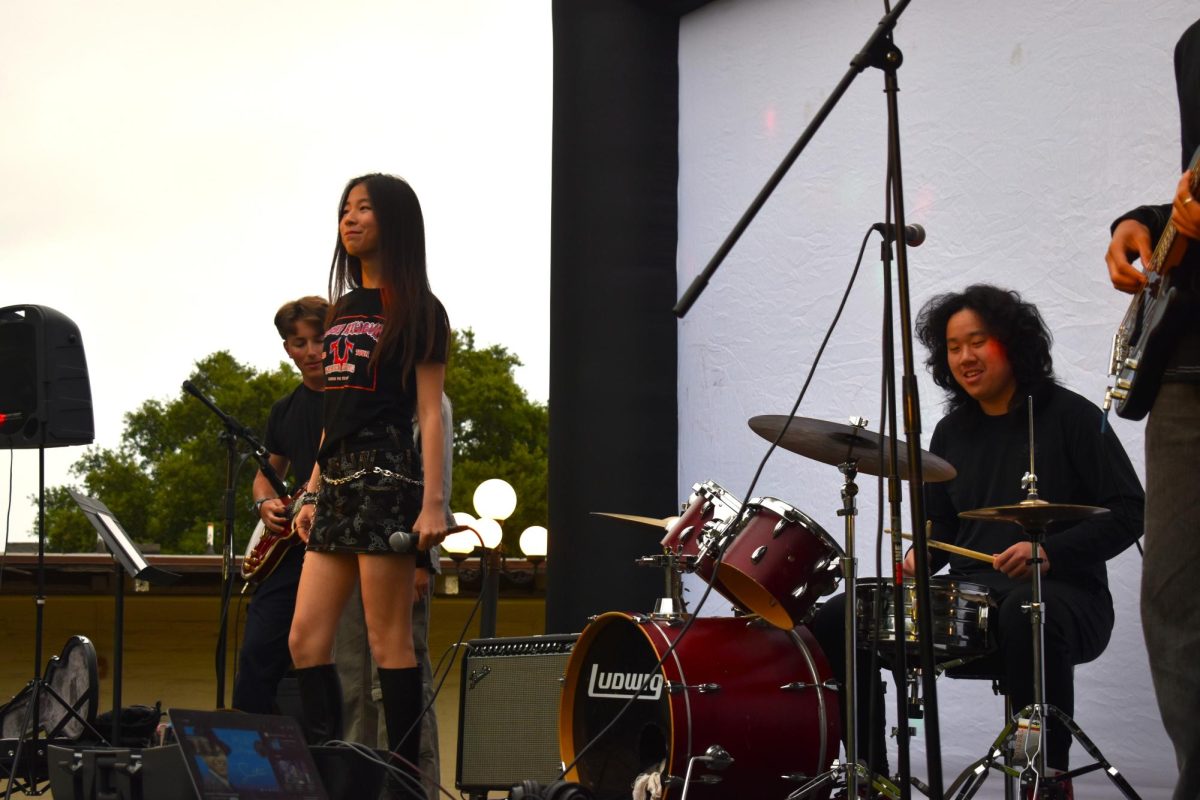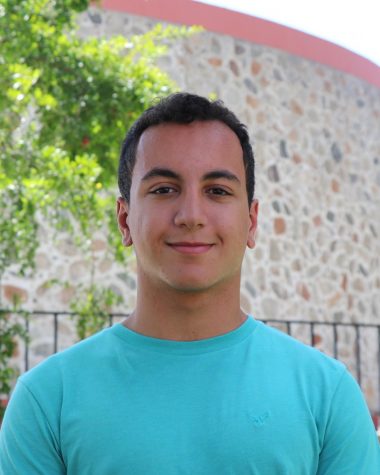From the dress code to internet use, Webb has changed its rules dramatically in the past 20 years. With 2020 soon approaching, it can be easy to forget about the changes that the school has made over the course of Webb’s history into becoming a more progressive school.
The school handbook serves as a “looking glass” into the significance of the changes at Webb over the past 20 years. While there are some expected differences – such as the dress code – there are also some notable and unexpected changes such as the implementation of active shooter protocols and new guidelines for gender non-conforming students.
While the 1999-2000 student handbook does not mention any protocols for handling an active shooter situation, the current 2019-2020 handbook dedicates a full section to the topic: detailing how students, faculty, and staff should respond to the situation. Webb has incorporated several lockdown drills into the school year in order to practice this protocol.
Dr. Brendan Beikmann, science faculty member and Operations Director of Claremont CERT, said, “I think that a lot of the training we’ve had as faculty is super important to prepare and I think the school is doing everything they can in that regard… but in respect to our procedures and our training in place, I think we’re as prepared as we can be.”
The shift from no protocol to a fully comprehensive procedure can be directly tied to the increase of national shootings in the U.S., beginning with the 1999 Columbine High School shooting.
Additionally, the handbook and school have changed drastically in regards to how they handle gender non-confoming students. In the 1999-2000 handbook, there is no mention of students who do not fit in typical gender norms. The handbook is split between the Webb School of California and the Vivian Webb School, with each school having its own variation of the handbook.
The WSC and VWS handbooks use pronouns such as “he” and “she,” respectively, without concern for students who do not identify with these pronouns. Currently, a full section of the student handbook is dedicated to accommodating these students’ needs and ensuring they feel welcome on Webb’s campus.
Maya Jaffe (‘20), vice president of the LGBTQ+ club, “I think it’s really helpful for prospective students who may either be questioning their gender identity or who don’t fit into a gender binary. At Webb it’s very difficult to go from a two school system that reenforces the binary so much to make that change to being more inclusive to the gender neutral or gender non-conforming students, but I think it’s a change that’s very beneficial to our community being more inclusive.”
Webb has shifted to become more inclusive towards gender non-conforming students in the past 20 years, begining with the 2018-2019 handbook where the new community norms surrounding gender were first introduced.
20 years of change has made Webb a much more inclusive environment for LGBTQ+ students and a safer place for all Webbies. From prioritizing student safety by implementing new active shooter protocols to placing students’ own identities above societal norms, Webb has consistently prioritized students’ mental health and safety. 20 years from now, Webb may be dramatically different from today, but it is certain that the future students of Webb will benefit and thrive as a result of these new policies.








